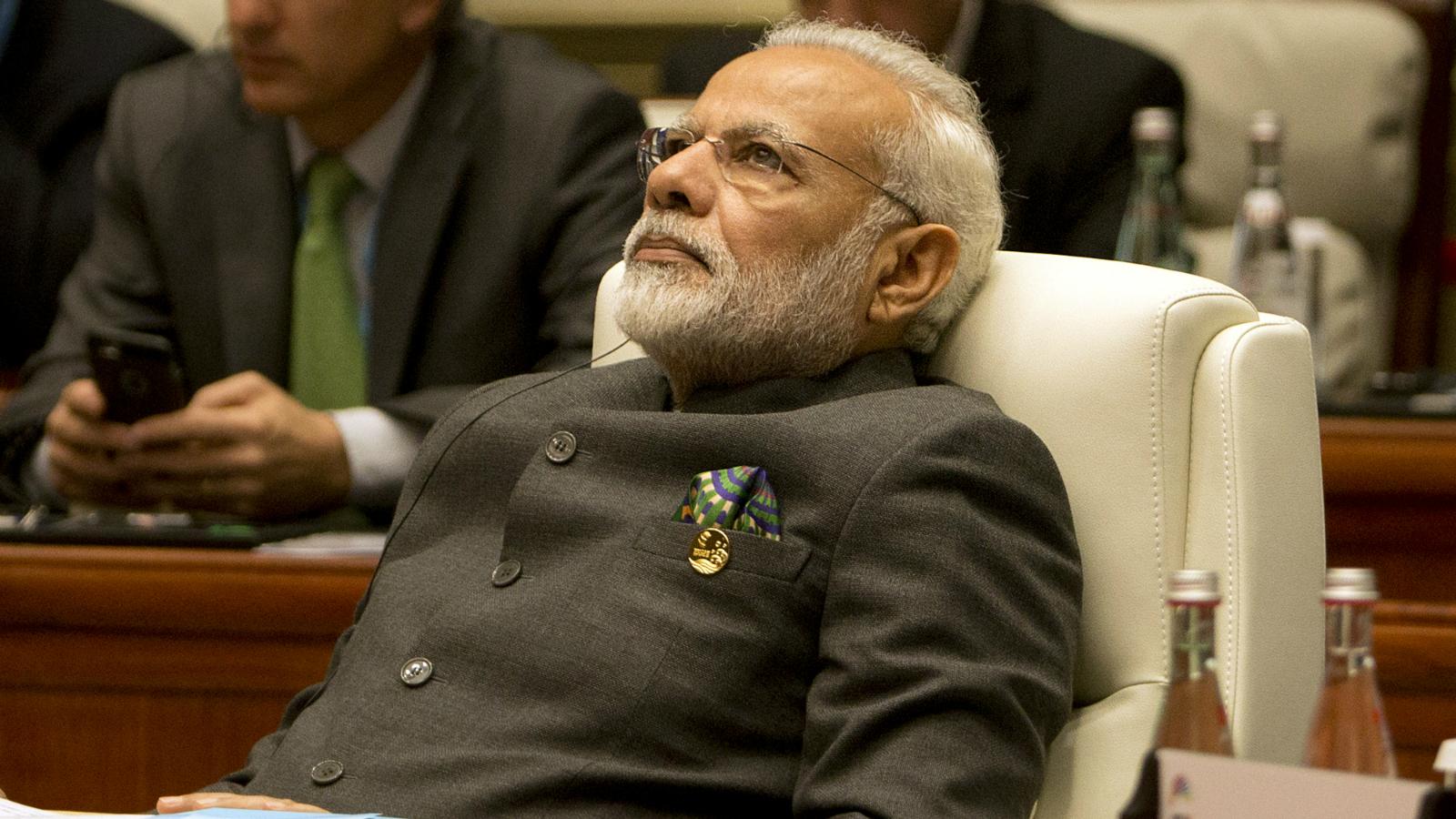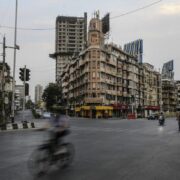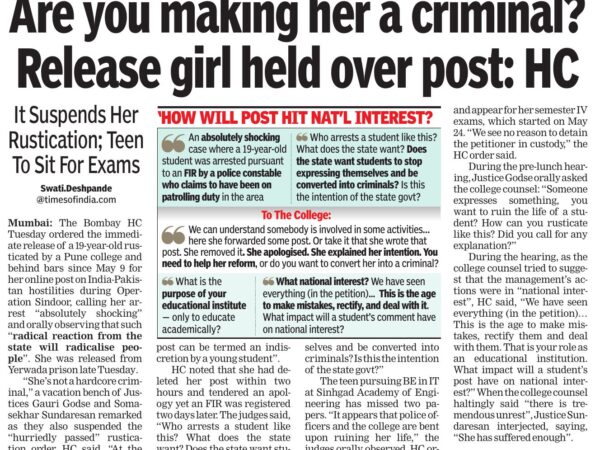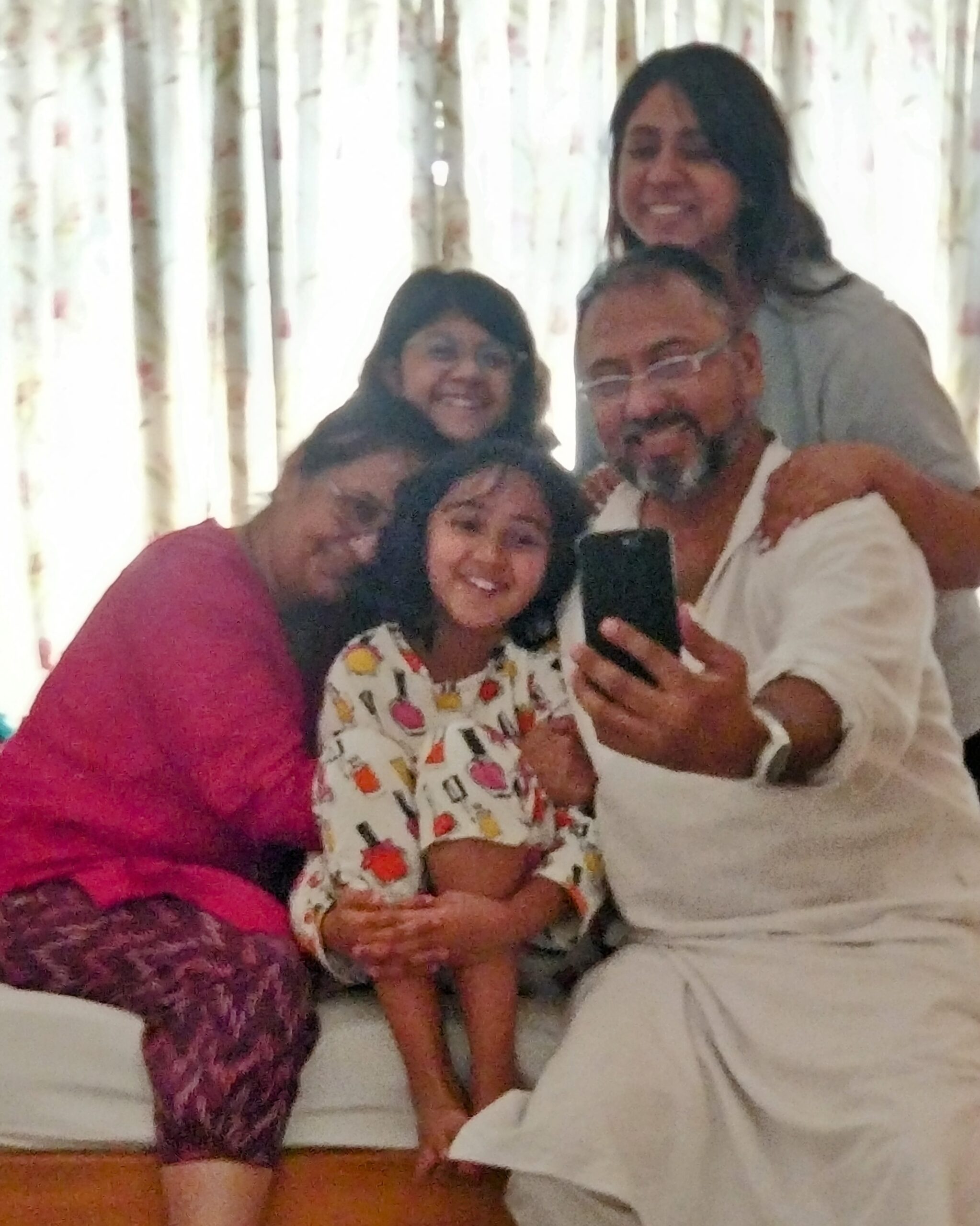My prediction, after a bit of observation and introspection, especially after seeing the police (some in muftis, which makes me suspect whether they were police, to start with) casually beating people up and filming them, while journalists breathlessly try and find the most sarcastic and patronising tone to describe this unwarranted and unlawful violence so as to come across as funny and self-righteous:
Yes, that was one sentence. Sorry, but this is how I write. But then, this was part of the previous post already. So, what gives? Why repeat it here?
Because there’s stuff I missed covering in that really long, rambling, and boring post (which, frankly is like every post of mine) previously. What stuff? Well, some maths actually. What very smart people showing off their very smart estimation skills blithely refer to as, “back-of-the-envelope calculations.”
So, let’s do this together. Are you ready to do some basic arithmetic? Don’t worry. It’s just addition. Great! Let’s get started. Take a piece of paper, grab a pen or a pencil, and read on.
1. If you define essential services as pharma stores, grocery stores, meat/fish/poultry, telecom, power, sewage, fuel, sanitation, policing, banking, municipal, medical, military, and so on, one can see that we are speaking of millions of actual humans still not only “allowed” by law to be out and about (and, not to put too fine a point on it, forced to be in close proximity with each other), but also actually required to do so. Put a number on that paper. This is your estimate of the people you think this group comprises of. Don’t worry. You don’t have to be accurate. Just a rough estimation will do.
2. Now, add to these the private sector employees engaged in production of physical goods. No, not all, just the emergency stuff, like medical equipment, food, pharma, safety equipment, vaccines, arms, ammunition, petrol, gas, spare parts for machines producing these items, etc. Now, add their supervision, safety, and support (accounts, personnel, security, etc) services and people involved in those. Don’t forget the farmers and farm labourers (including those in animal husbandry, fishing, and cattle farming) who have to keep working through it all.
3. Then, there are those who are needed to get them to their places of work as well as move raw material (remember, this is not just the actual ingredients but also packaging, from the actual packaging material to the ink used to print stuff on the packaging, both for the raw material and the finished product) to the factories and finished goods and fresh produce across the entire supply chain (some of it ambient, some cold, some requiring other specified conditions), and to maintain those modes of mass and individual transportation: drivers, mechanics, loaders, guards, fuel attendants, security officers (for cash and other vans), storekeepers, and suchlike. Add them to the total.
4. These will mostly be government/public sector or the large manufacturing private giants. Now, let us add the smaller players like your local kirana (grocery) and pharma store, and their employees who need to get to and from work, and the infrastructure required to get them and keep them there.
5. Let us now add the maintenance staff for services, not just the public sector, but also private players. Just like BSNL cannot go down, nor can Jio or Voda (OK, bad examples, given how horrible the services already are, but you get the point, right?). With the Indian economy now having opened up for around 30 years, we have millions engaged in providing and maintaining essential services that were once considered the government’s prerogative. This is even more pronounced as we have gradually sold off the PSUs and privatised stuff we paid to build in the first place. Anyway, let us leave the ideology behind for a moment and add these people to the list.
6. To this, add those that are working on critical but normally unpublicised stuff like nuclear research, drug and vaccine discovery, anti-terrorism, anti-insurgency, counter-intelligence, etc. Also add other work like international diplomacy (which is not just about exotic foreign locations but also people, from clerks to officers working in various central government departments), arms procurement, immigration, aviation, finance, etc. which cannot be closed down or simply paused. They too need to get to and from work, and need to have places to go and things to do, some of them without the official cover of the ESMA (Essential Services Maintenance Act).
7. Add those that are doing charity work, without which people may die. People feeding the homeless (both, humans and animals), providing medical care to the poorest of the poor, ensuring children who are missing their mid-day meals are fed, and so on.
8. Now, let us come to the common civilian who has to go out for emergencies. No one saw this coming 9 months ago. So, there must be millions of pregnant women out there who need to see a doctor, for regular checkups and perhaps to deliver too. There are old people who may need to follow up visits to their medical professional. There could be people (both adults and children) who fall ill (not #Covid19, just normally ill), or break a bone, or sprain a muscle, or crack their heads. There could be people who might need to visit a dying relative who is far away, or perhaps even check whether such a relative is already dead or still alive, since no one is answering their phones. Then, there might be caregivers (who our police cannot distinguish from normal maids) who might be crucial to keep some elders alive on a day-to-day basis. There could be people needing interventions for mental health issues who need to see someone or refresh their meds. Add those. Add also those that need periodic medical interventions, like dialysis, or a one-time but major surgery like a heart bypass or a kidney transplant (also add the donors). Lastly, don’t forget those who pass away and cannot by themselves get to the crematorium or burial grounds (because you see, they are dead) and not just need at least one relative but also people to drive their corpse there, people to dig graves or operate crematoriums (crematoria?) and so on. Pile on those numbers too. Forget the dead though. you can subtract that figure if you added it by mistake. Don’t worry. Bade bade deshon mein chhoti chhoti cheezen and all that.
9. Finally, add those that have no specific emergency but still need to move about, to buy grocery, medicine, water, and so on, because not everyone is stocked up and has thought of everything for the next 21 days. Maybe they need something that is not available at the local store and have to take the car, or their bike, or hire a rickshaw (for which they have to get to a rickshaw).
Side Note: By the way, let me tell you as an ex-smoker (28 years smoking, and the last 2 without) that tobacco is a serious addiction and the lack of it can literally drive people nuts. To not include that in ‘essential items’ category is not just silly, but shows the lack of grasp over reality by those who framed that list. The amount of people who will break the law to acquire tobacco via the black market, and the amount of money these black marketers will make, and the amount of anti-social elements that will get involved in the smuggling of cigarettes and other tobacco products for the next 3 weeks is not funny. No, really. Add those people.
10. Then, there are people who may need to be out for reasons I may not have thought of in the list above. Let us say they form another couple of percentage of those that I have listed. These could be random politicians and celebrities, industrialists and actors, sportspeople and people “related” to influential police, administrative, or political people who can get some kind of a pass to move around for reasons best known to them. Or they could be others I really haven’t thought of. Total the above 9 numbers and put a couple of percentage of these as the final figure.
Add it all up now.
Did I scare you? I am sorry. But I am not done yet.
Now, here are the questions I am NOT asking:
The problem I, and people like me, have always had with governance is not just the decisions taken but the method in which these are/were taken and the (lack of) planning around them. Demonetisation, GST, Article 370, Aadhar, CAA, NRC, whatever it is, even Ram Mandir, or UCC for that matter. Have we followed due process? Have we consulted the professionals and experts? Do we have records of such conversations and citations to studies conducted or referred to? Are we maintaining an arm’s length distance between our emotional reactions and our professional duty? Are we sure we have not let any other selfish motives (power, money, etc) cloud our judgement? Have we discussed this as a democracy? Have we taken the people (and their representatives, whichever party they belong to) in confidence? Do we have a general buy-in? Do we know what to do if things go sideways? Do we have a backup plan? A Plan B? A Plan C? In fact, do we even have a Plan A? Did we ever? Or are we just making shit up as we go along? By behaving the way we are behaving, are we (to paraphrase, of all people, Trump) making the “cure” worse than the “problem”?
Or am I an idiot, anti-national, selfish, privileged, asshole who is asking the wrong questions at the wrong time just because I am supposedly anti-BJP, or a liberandu, or a sickular, or whatever other pejorative you wish to stick on me?


















